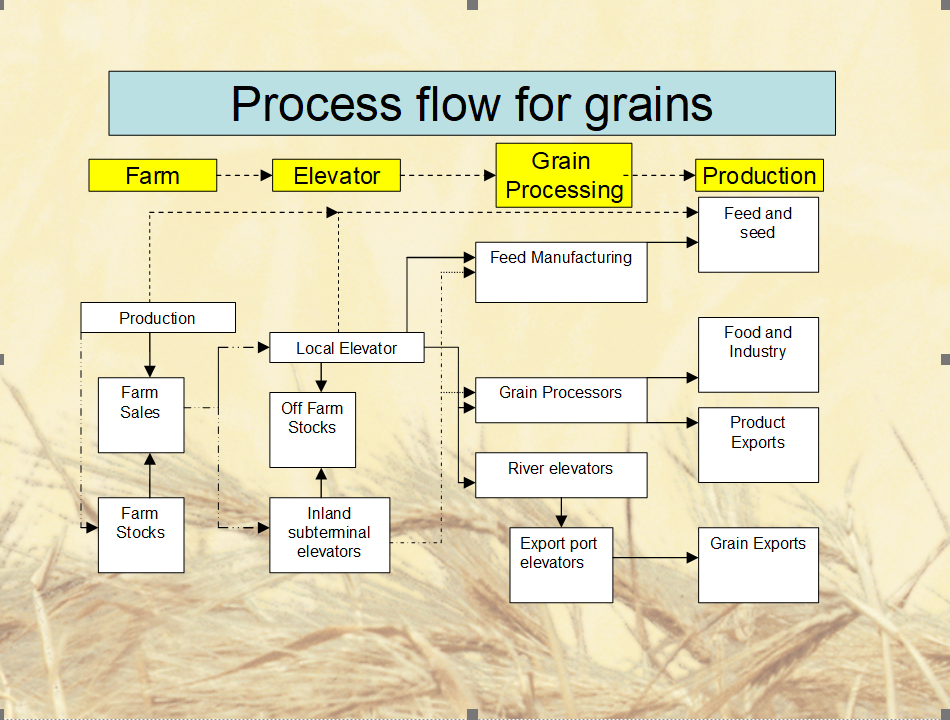The COVID-19 pandemic has highlighted supply chain issues in all industries.
More than perhaps ever before, the world is deeply interconnected and events that happen many time zones away can have long-lasting repercussions for all of us. Shipping container shortages. Port delays. Long lead times. The Suez Canal. Ballooning freight costs. It almost sounds like the lyrics to a bad Billy Joel song update. Unfortunately, the raw material supply chain for the brewing industry is fraying at the edges.

What can you do to be prepared? With longer lead times now the norm, you may want to consider simply keeping more inventory on hand. Delays and longer transit times in shipping also mean that planning ahead is crucial. Give your suppliers more notice if possible. A forecast is also one of the most useful things that you can provide your suppliers with, regardless of whether it’s malt, hops, yeast, etc. Ask your sales staff for an estimate of your customers’ needs and use that to create a forecast for your supplier. For Briess, those forecasts help us with our production schedule and ensure we keep out-of-stocks to a minimum.
Still, we are in tumultuous times. Even with the best planning, you may be facing a shortage of critical raw materials for your brewery. Having a secondary/new malt supplier that you trust will help minimize some of that risk. With that in mind, here are some tips for qualifying a new malt.
- Talk to a maltster/supplier. Tell them about your brewing practices and specs. Ask questions. Don’t be shy. Tell them what is important to you. Is it enzyme levels? Perhaps color is a major concern.
- Ask for a Typical Analysis or Certificate of Analysis (COA). This is a common request. The Typical Analysis may even already be available on their website (it is for Briess). Compare this to a COA for your current malt. Will you need to adjust your brewing processes at all? Does the assortment require any changes to your mill gap settings?
- Ask for a sample. This is another common request and should be easily accommodated.
- Sensory. In addition to chewing on the malt, do some hot steeps (click here for hot steep instructions). Make hot steep samples with the malt in question and your primary malt. Taste them blindly side by side. Is there a noticeable difference? Is there a preference? Perform a triangle test (2 samples of one, 1 sample of the other). Can members of your team pick out which one is different? How different? Do a hot steep or mini-mash that mimics your mash recipe.
- With specialty malts, consider replacing one malt with a couple of new malts. Blending is another option that can get you to where you need to be. This happened recently with a customer that wanted to replace an imported Vienna malt. It turns out our Goldpils® Vienna with an inclusion of our Aromatic Munich Malt turned out to be close to a spot-on match.
When you are comfortable and have made a decision, it would be wise to gradually move from one malt to another, especially when it’s a base malt. If your brewery does multiple fills into a fermentor, run one of the brews with the malt change in mind and evaluate the entire spectrum of the brew, how it handled, color, flavor, and yield. Taste it against one of the standard brews all the way through, first and last worts, kettle full, end of boil, etc. Taste all wort samples at room temperature with other teammates and keep it blind. Depending on the proposed malt change, if it’s one brew in a couple or many brews, it’s not likely to affect the tank blend.
If this is not an option and you’re brewing one batch into one fermentor, then ease into the transition, maybe starting with 25% inclusion in the grist. This will help you stretch your initial supply. Then move on to 50% inclusion. Sensory should be performed at various stages including on the finished product against your control/original recipe. Finally, if sensory supports it, use 100% inclusion of the new malt.
Perhaps things are tight, and you don’t have the time to space it out like this. In that case, I would recommend doing back-to-back brews with different malts and ferment them separately. If you have sensory difference, you can blend the two to eliminate or make the difference as small as possible.
These are challenging times for our industry. Now more than ever it’s important to think ahead and examine other solutions/options. Please don’t hesitate to reach out to your Briess Division Manager if you have any questions or need any recommendations. We are happy to help.


